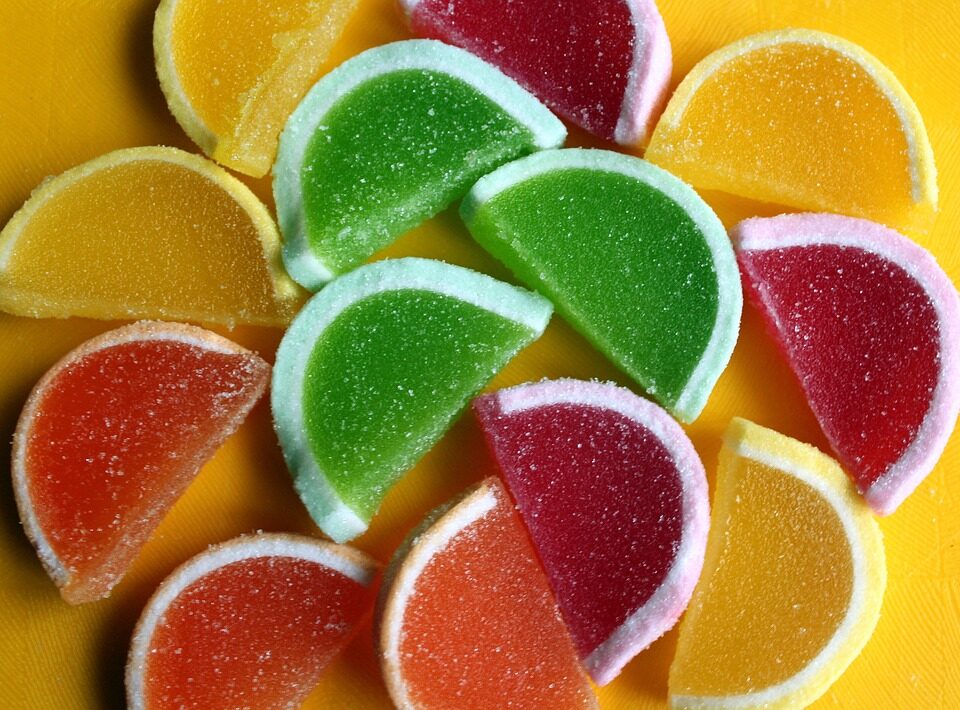There are many types of capsules, and they are generally classified by their raw materials. However, even gelatin capsules of the same raw material can be further subdivided. For example, they can be classified according to their quality.

High-grade gelatin: higher quality gelatin can be obtained by mild hydrolysis of the raw materials pretreated, and can be used for edible gelatin capsules
Low-grade gelatin: after extracting high-quality gelatin from the pretreated raw materials by mild hydrolysis, and then increase temperature, and extract the gelatin of lower quality. This gelatin may be used for other industrial purposes.
The second classification method is to divide gelatin into acid processed gelatin, alkali processed gelatin and enzyme processed gelatin.
Acid processed gelatin: gelatin is extracted in the acid medium from the raw material pretreated in acid medium, is also known as A type gelatin.
Alkali processed gelatin: gelatin is extracted in the near-neutral mediums from the raw material pretreated in alkali medium, is also called as B type gelatin.
Enzyme processed gelatin: gelatin is extracted in a medium with a proper PH from the raw material pretreated by enzymes, and is called glue gelatin.
The third classification method divides gelatin into edible gelatin, photogelatin, gelatin, pharmaceutical gelatin, industrial gelatin, and hide gelatin according to the usage.
In addition, in the downstream raw material supply chain, according to raw materials, gelatin can also be divided into bone gelatin, skin glue, etc.
The gelatin mainly comes from animal skin (e.g. pigskin, cowhide, fish skin, and other animal skins, etc.) animal bones (e.g. bovine bones, tiger bones, etc.) and animal horns (e.g. horns, antlers, etc.). And the most accessible raw materials are pigskin, cowhide, beef bones, etc., and most of the pigskin and cowhide are corner-cutting materials of the tannery, of which, the cost is very low.


